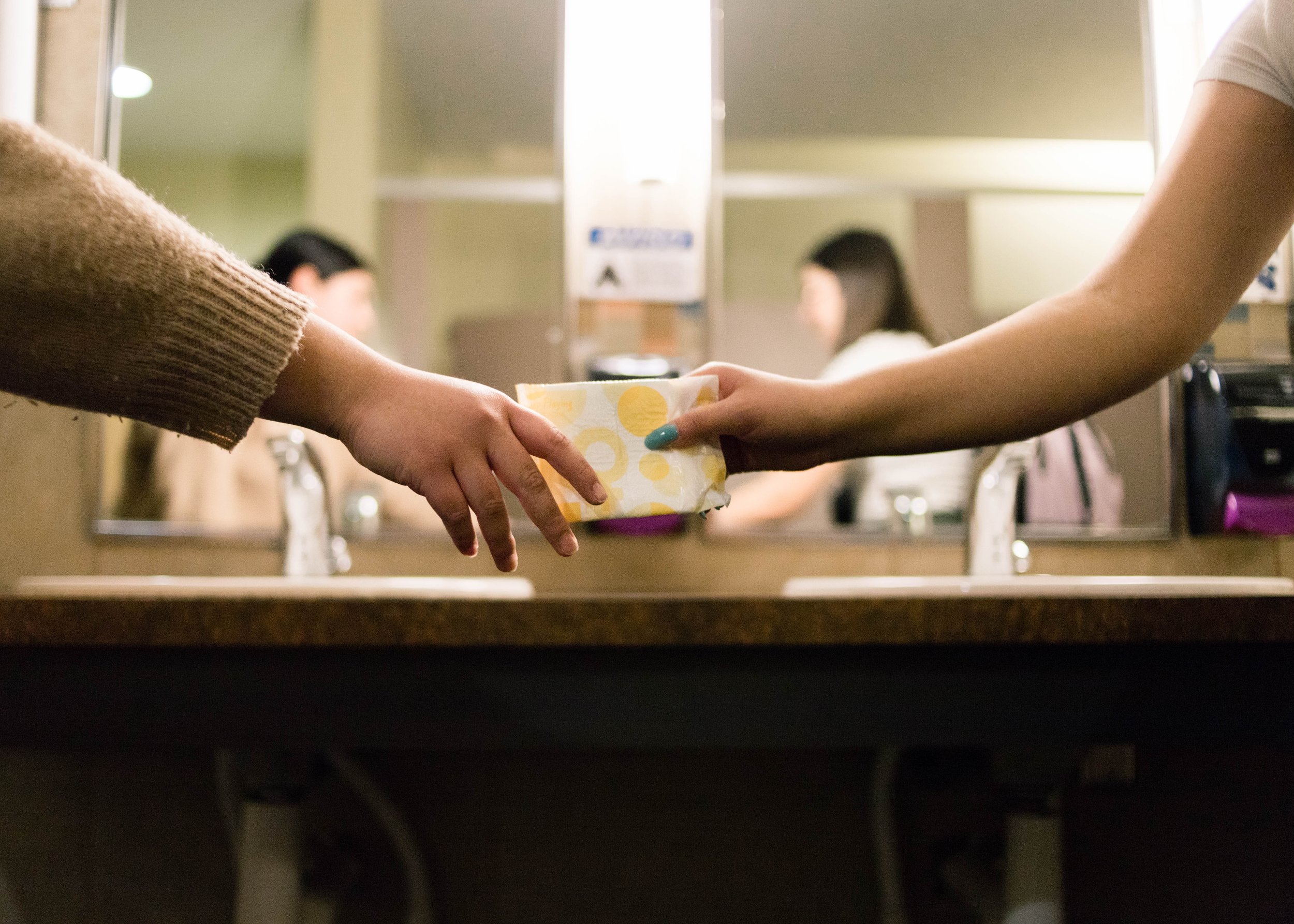What is Period Poverty?
The term “Period Poverty” refers to the fact that many women around the world and within the United States struggle to afford period products. 22 million women in the U.S. cannot afford menstrual products, and over 500 million women around the world lack access to menstrual products. But period poverty includes more than that. In order to take care of their periods, women need access to clean water and private facilities, period products, education on periods, and a supportive environment without stigma or embarrassment. When some of these elements are missing, that is considered to be period poverty.
According to Harvard Health, 64% of women in America report ever having difficulty paying for menstrual products and 21% report that they are unable to pay for these products every month. One in four menstruating students struggle to access period products. The risk for women who are homeless or incarcerated is even greater. In a study done by Citron, 21% of women in the UK had an occasion in the last 6 months when they didn’t leave their house because they couldn’t access period products when out.
When women don’t have access to period products or a way to hygienically deal with their period, they often resort to using rags, toilet paper, or using period products for longer than they should. This increases risk of infection and can lead to vulvar irritation, vaginal discomfort, and toxic shock syndrome. Aside from health risks, women who don’t have access to menstrual products often miss school or work during their period.
Part of the problem is that period products are not considered a necessity by the government or culture. In the United States, food stamps and WIC do not cover menstrual products. A tax known as the “pink tax” raises prices for period products. Citron Hygiene argues that the government already provides products like toilet paper and soap to the public - why can’t period products be added to that list?
The impact of women and in turn periods is far reaching and could have large economic impacts. Figures from the World Bank estimate that for every 1% increase in women who graduate from secondary education, a country’s annual per capita income increases by .3%. Lack of education also leads to higher child pregnancy and marriage rates.
Finding solutions to provide women in the United States and around the world period products can decrease chances of health problems and increase women’s powerful contribution to the world.
Sources:
https://www.health.harvard.edu/blog/period-equity-what-is-it-why-does-it-matter-202106012473
https://www.npr.org/2021/12/02/1056830306/free-tampons-public-schools
https://www.citronhygiene.co.uk/resources/why-provide-free-period-products
https://www.citronhygiene.co.uk/period-poverty
https://www.sciencepolicyjournal.org/uploads/5/4/3/4/5434385/andersh_etal_jspg_18-4.pdf
https://www.worldbank.org/en/topic/water/brief/menstrual-health-and-hygiene

